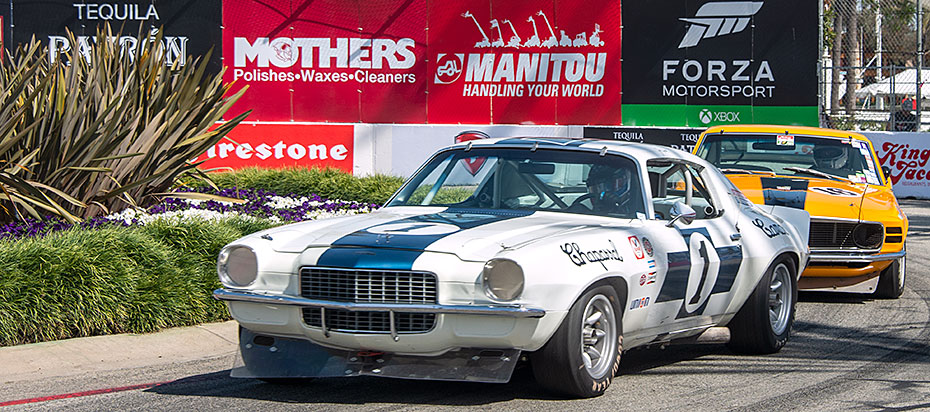I was not aware that Jim Hall raced a Chevy Camaro in the '70 Trans Am Series!
For a better view of the pictures in the article, here is the link:
https://ls1tech.com/...ns-am-race-car/
Spotted: 1970 Chevrolet Camaro ‘Chapparal’ Trans-Am Race Car
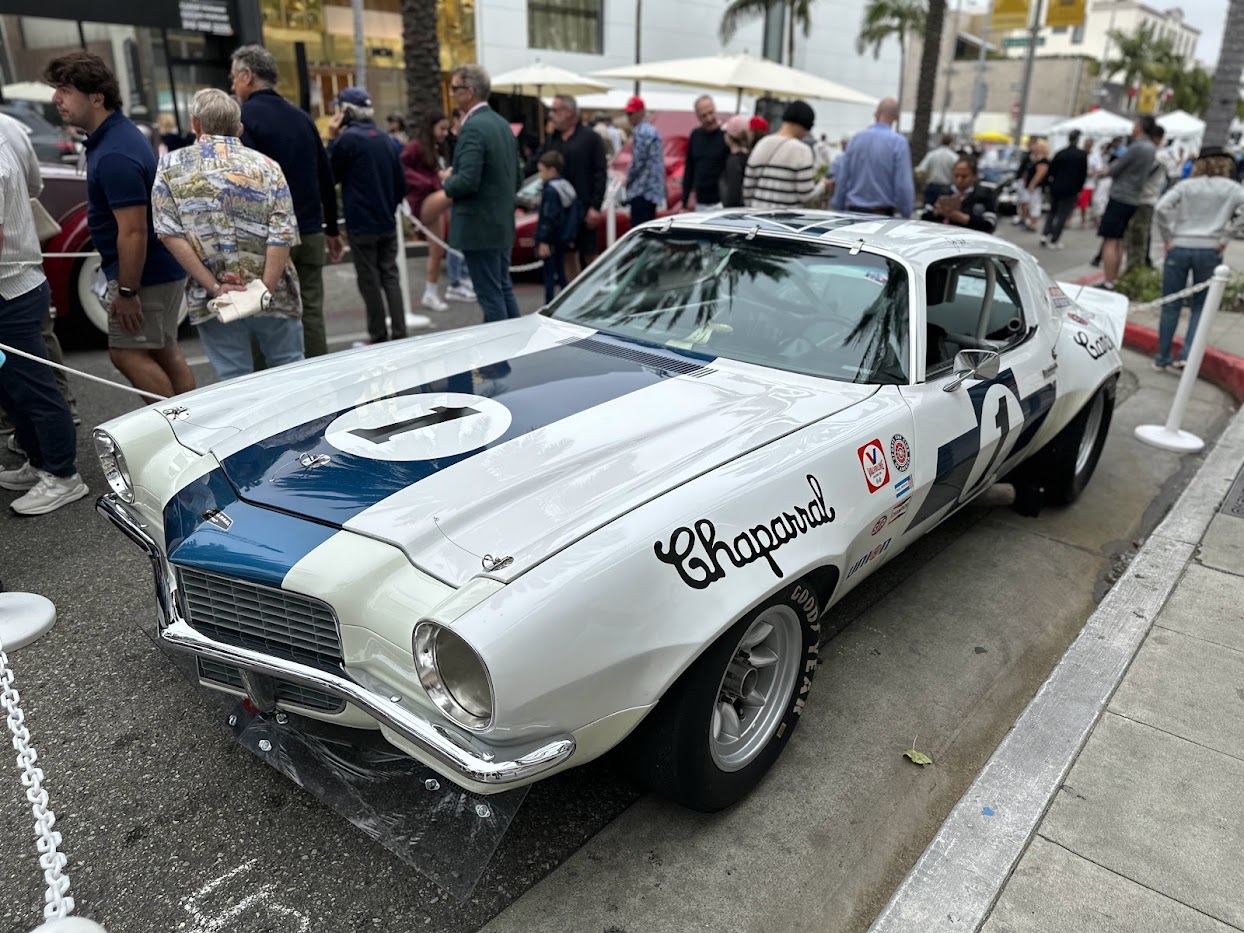
Jim Hall’s Chevrolet Camaro ‘Chapparal’ Trans-Am race car on display at the Rodeo Drive Concours d’Elegance.
On June 18, the 28th Annual Rodeo Drive Concours d’Elegance took place in Beverly Hills, between Wilshire Boulevard and Santa Monica Boulevard. The show has been taking place on Father’s Day since 1993. And It has become one of the must-see automotive events in the country.
One of the reasons is because of vehicles like this 1970 Chevrolet Camaro ‘Chapparal’ Trans-Am race car that was on display at the event this year. Only three of these amazing race cars were ever built and this is the only surviving example. It doesn’t get much rarer than that. Yet here it was parked on the street for all to enjoy.
In 1970, Roger Penske jumped to AMC after leading Chevrolet to a dominating season in 1969. Chevrolet now needed a race car to compete in the Trans-Am series for 1970 so they called on Jim Hall to lead the charge. His shop built three cars. Car number 1, which is the one seen here, was driven by Hall. Car number 2 was driven by Ed Leslie. The third car was a spare. These cars were tested at Hall’s private facility in Midland, Texas. The team finished in third place in the SCCA Trans-Am standings for 1970. The cars were then sold off and raced in other programs.
1970 Camaro ‘Chapparal’ Trans-Am Race Car
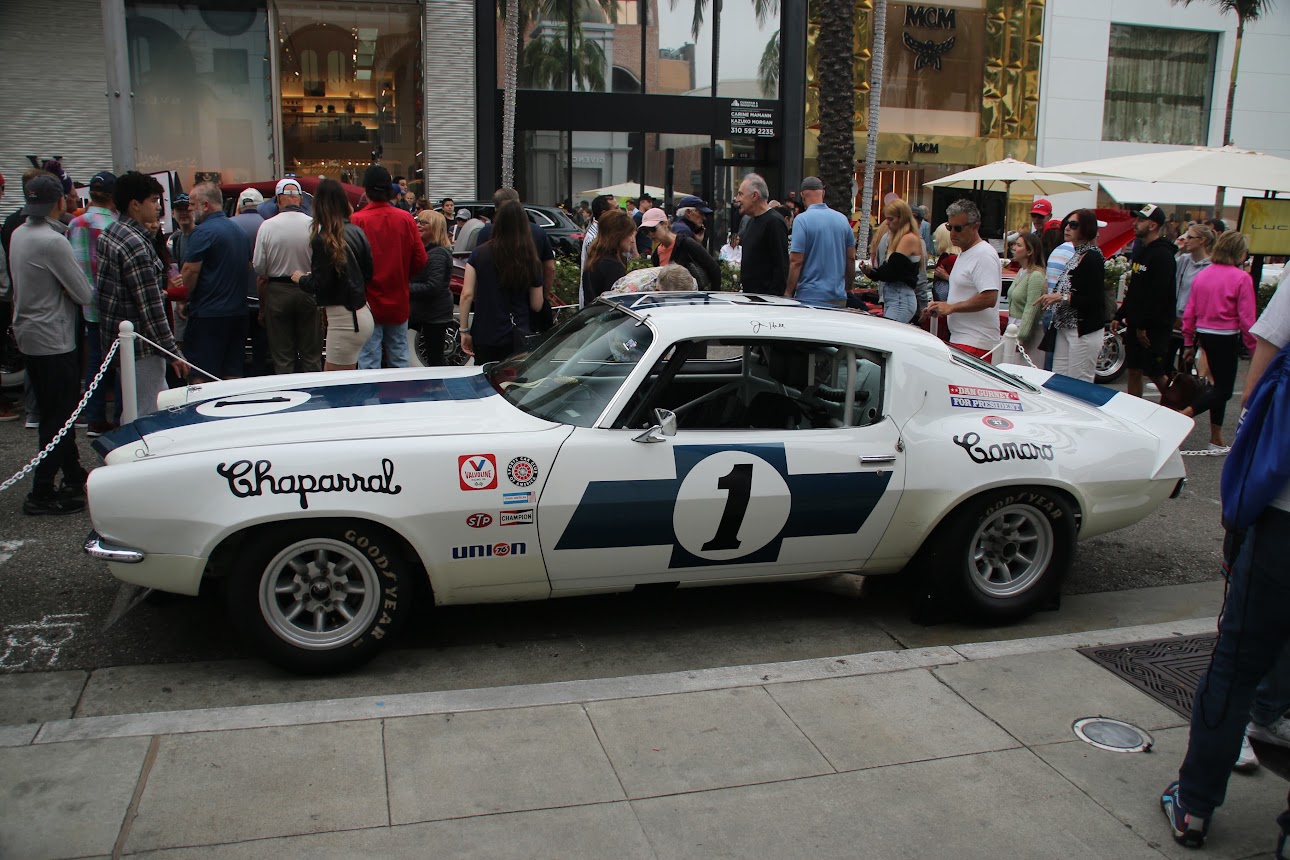
Probably the most obvious visual cue that this is no ordinary second-generation Camaro is the wide fender flares made by Fischer Body. New stamping dies were made to form the thin gauge steel used to make the flares. The second most notable feature is the transparent front spoiler made lexan. Hall was all about aerodynamics. You need to look no further than to the famous Chaparral 2J to see that. So, the front spoiler and a new, taller rear spoiler were employed to help keep the car glued to the road.
Drivetrain
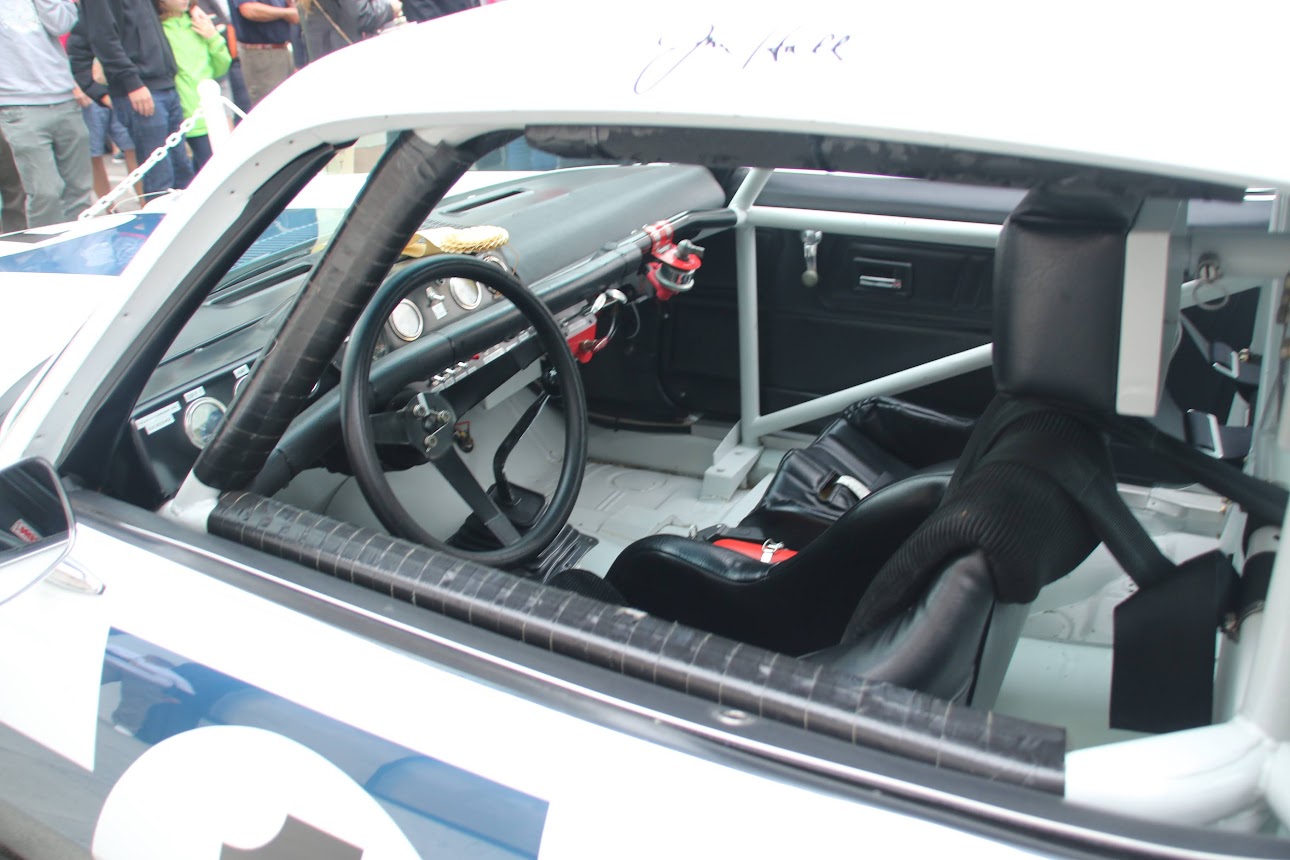
A small-block Chevy race-spec 302 ci V8 powered this race car. It was fed by a four-barrel Holley carburetor. The engine was rated at 440 horsepower. It was connected to a four-speed Borg Warner gearbox and a 12-bolt differential. The chassis was also modified for racing. The front suspension used unequal-length controls arms. Out back were parallel leaf springs. Koni supplied the double adjustable shock absorbers at all four corners. Larger, ventilated disc brakes were also installed for racing duty.
Race Results
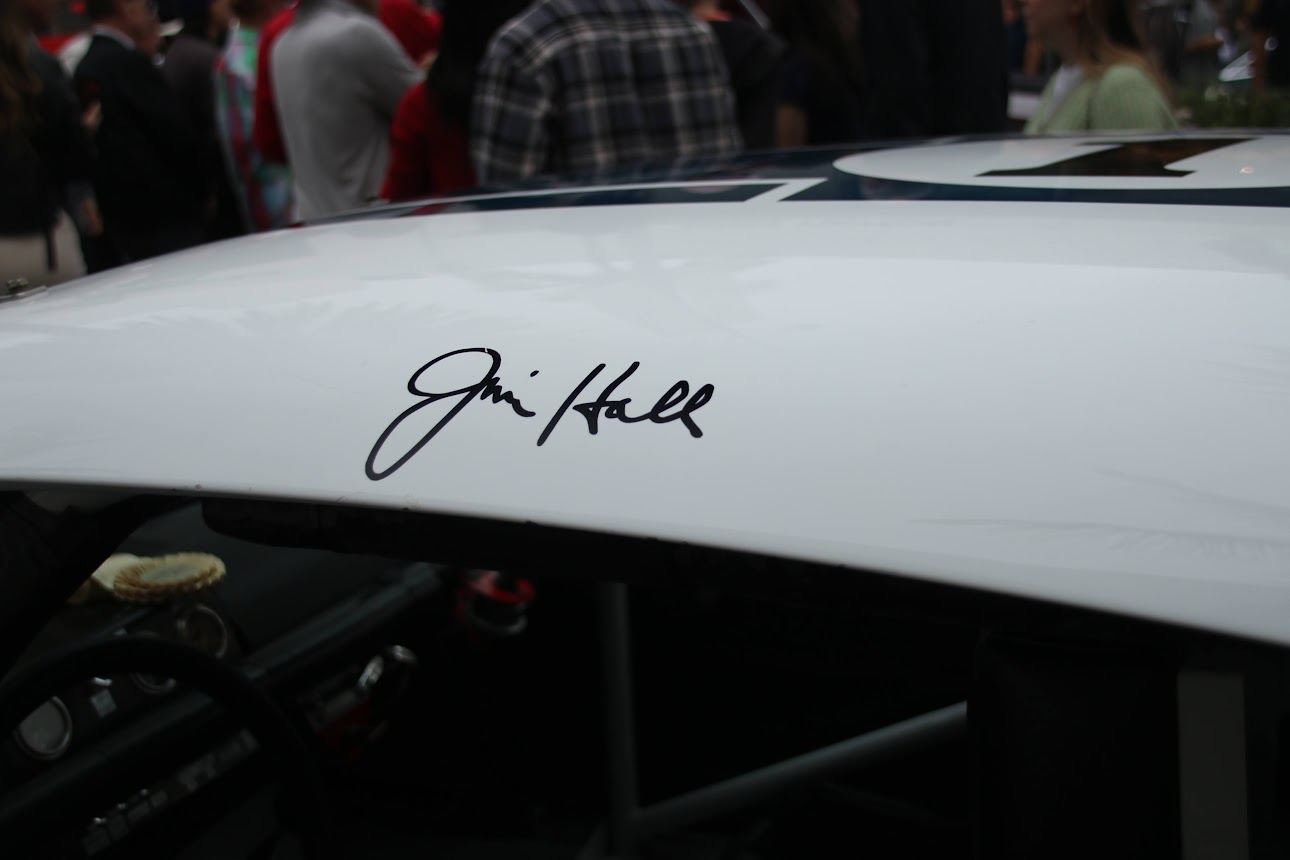
Hall and his team just didn’t have enough time to get these cars ready to compete for the championship. The fact that they performed as well as they did given the short development time is amazing. Both cars got a DNF in the first race of the year, and from there things would get a bit better, but the cars could just not compete for wins.
They did manage to win at Watkins Glen in 1970, but it was the only win of the season. Still, this is an iconic and historic race car that was a thrill to see at the Rodeo Drive Concours d’Elegance.
Photos: Derin Richardson







